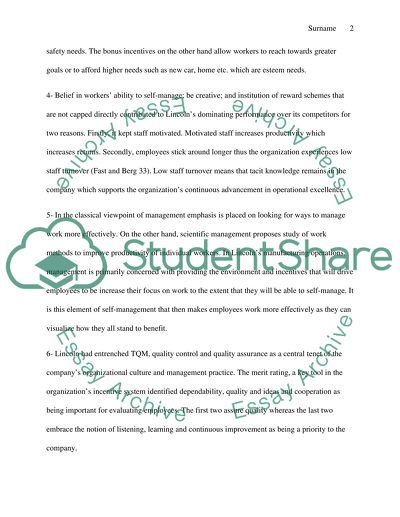Cite this document
(“Study Case Example | Topics and Well Written Essays - 1500 words”, n.d.)
Retrieved from https://studentshare.org/miscellaneous/1595860-study-case
Retrieved from https://studentshare.org/miscellaneous/1595860-study-case
(Study Case Example | Topics and Well Written Essays - 1500 Words)
https://studentshare.org/miscellaneous/1595860-study-case.
https://studentshare.org/miscellaneous/1595860-study-case.
“Study Case Example | Topics and Well Written Essays - 1500 Words”, n.d. https://studentshare.org/miscellaneous/1595860-study-case.


